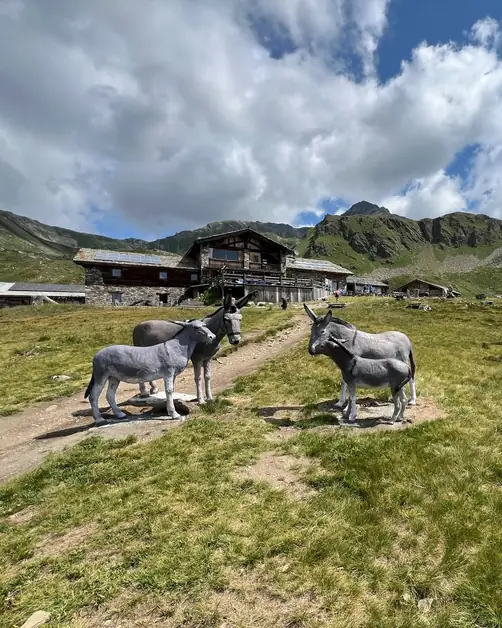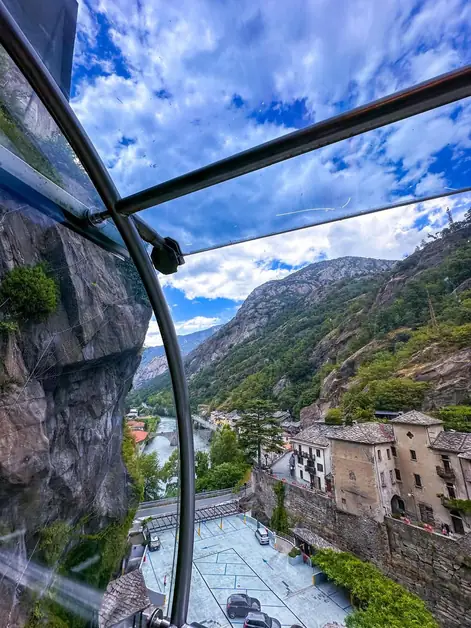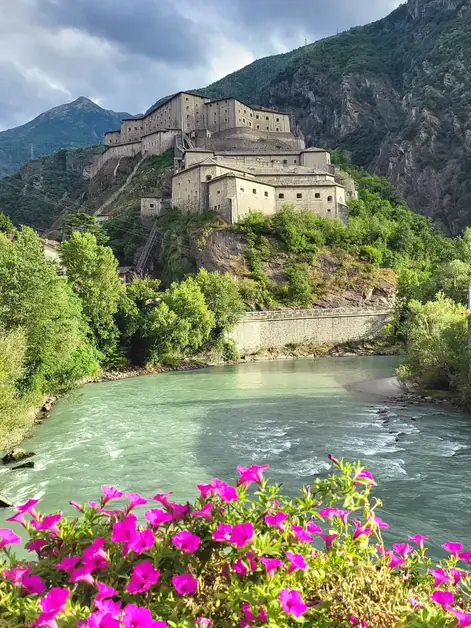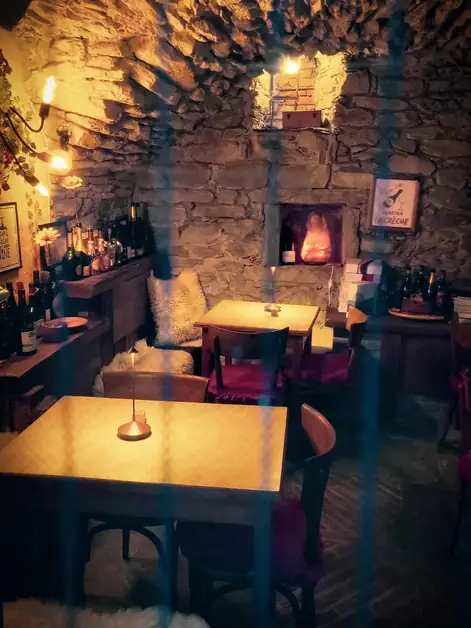Mont Fallère Refuge in Aosta Valley for Tourists
The Mont Fallère Refuge offers unique views and family-friendly services.

Where is the Mont Fallère Refuge located?
The Mont Fallère Refuge is located in Aosta Valley, at an altitude of 2,385 meters, above the town of Saint-Pierre. It is immersed in the Alps and offers a spectacular panoramic view of peaks such as Mont Blanc and Gran Paradiso.
How to reach the Mont Fallère Refuge from Vétan?
The easiest access starts from the Vétan locality, reachable by car from Saint-Pierre. From here, a marked trail number 13 leads to the refuge in about two hours of walking, with an elevation gain of about 600 meters. It is a route suitable for families accustomed to walking.
What excursions can be done from the Mont Fallère Refuge?
From the refuge, you can easily reach Lake Fallère, also known as the Frog Lake, and other alpine destinations. It is also a stop on the Tour du Mont Fallère, a circular route of about 35 km that crosses lakes, pastures, and alpine passes.
Why visit the Mont Fallère Refuge in summer?
In summer, the flowering meadows and alpine lakes create a unique landscape. The cool temperatures make it ideal for those seeking an escape from the heat of the cities. The trails are well-marked and suitable for hikers of various levels.
Is the Mont Fallère Refuge suitable for families with children?
Yes, the refuge is also suitable for families. Children can have fun with the wooden sculptures along the path, created by a local artist. The environment is welcoming and safe, with spaces suitable for everyone.
What services does the Mont Fallère Refuge offer?
The refuge has about 50 beds, divided into rooms furnished in alpine style. Each room has a private bathroom. There is a restaurant that offers typical Aosta Valley dishes such as polenta concia, valpellinentze soup, and other local specialties.
Is the Mont Fallère Refuge an open-air museum?
Yes, a unique feature of the refuge is the wooden sculptures that accompany hikers along the trail. They represent animals, scenes of alpine life, and traditional figures. For this reason, the place is defined as a true open-air museum.
What gastronomic experience does the Mont Fallère Refuge offer?
Guests can enjoy typical dishes from Aosta Valley. The recipes are prepared with local ingredients and showcase the authentic flavors of the mountains. It is also possible to stop only for lunch or dinner without staying overnight.
Is the Mont Fallère Refuge eco-sustainable?
Yes, the refuge uses solar panels to produce energy and hot water. Thanks to ecological systems and the use of traditional materials, the structure is in harmony with the surrounding environment.
Can you go to the Mont Fallère Refuge with a dog?
Yes, the refuge welcomes pets. It is therefore possible to bring your dog along during the hike and stay, respecting common coexistence rules.
What to see around the Mont Fallère Refuge?
In addition to Lake Fallère, other minor alpine lakes, views of the Aosta Valley peaks, and pastures with cows grazing in the summer deserve a visit. From here, you can also admire the Matterhorn and Monte Rosa on clearer days.
What is the best time to visit the Mont Fallère Refuge?
The recommended period is from June to September. In spring and autumn, the trails may be snowy. In winter, the refuge is accessible only by ski mountaineering or snowshoes, for experienced hikers.
How much does it cost to sleep at the Mont Fallère Refuge?
The price varies based on the season and room type. On average, the cost includes overnight stay, dinner, and breakfast. Reservations are recommended, especially in the summer months.
Is the Mont Fallère Refuge suitable for experienced hikers?
Yes, in addition to easier walks, the refuge is a starting point for challenging itineraries towards Mont Fallère and other peaks in the area. Experienced hikers find here an ideal base for multi-day trekking.




